Whether you’re a developer or a writer, a good text editor is a must-have. The humble text editor is great for managing code, writing down quick notes, or just as a distraction-free writing tool. This week, we’re looking at five of the best, based on your nominations.
Title photo by Darrell Nash
Sublime Text
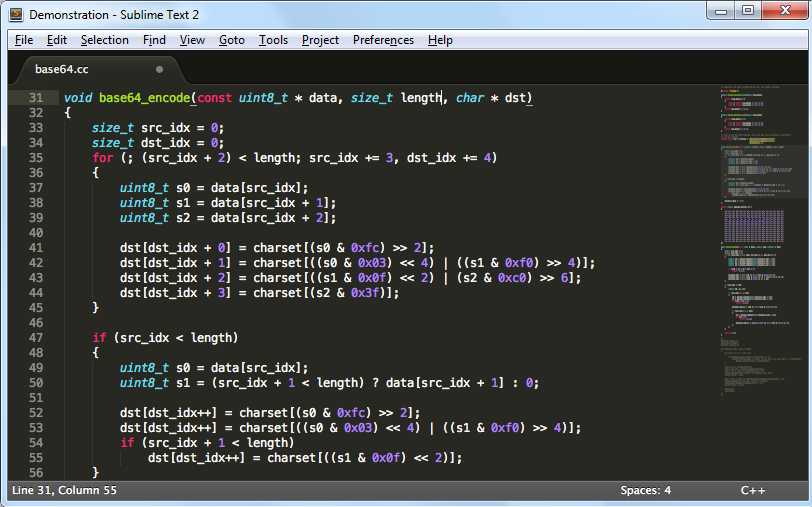
Cross-platform and feature packed, Sublime Text is a crowd favourite because of its amazing feature-set. Plug-ins and add-ons are available for specific programming languages, the app features extremely powerful search and go-to features, lots of keyboard shortcuts, and a distraction-free mode that lets you focus right on your work. Sublime Text has a tabbed interface so you can have multiple documents open at the same time, and a nevigation view on the right so you can see where in your document you are at any time. You can select multiple rows to make simultaneous changes, customise shortcuts to suit your own needs, and even chain shortcuts together to perform complex — but fast — operations. It’s remarkably powerful.
Sublime Text is available for Windows, Mac and Linux. It’s distributed as evaluation software (meaning it’s free to try, but there’s no time limit on how long you can use it for free) and a full licence will cost you $US70. A full licence is per user, so you can use it on as many computers as you like.
Notepad++
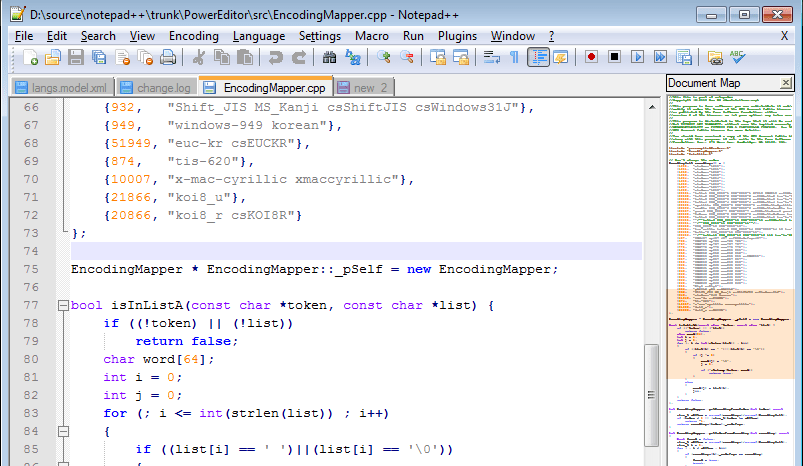
Notepad++ has been around for a long time. It’s still under development though, and combines the simple interface of Notepad or Wordpad with advanced features that will make writers and developers happy. Those include a customisable interface that you can make as minimal or toolbar-rich as you choose; a document map so you can see where you are in your work at any time; a tabbed interface so you can work in multiple documents; auto-completion, text shortening and macro recording so you can customise shortcuts. You also get customisable syntax highlighting, text folding and collapsible document sections.
Notepad++ is free and open source, and available for Windows only. You can grab it as an installable app, or a portable app to run from a flash drive or cloud storage service like Dropbox. If you’re not sure exactly what you’re looking for in a text editor, it’s a good place to start. You can donate to the project though, and if you enjoy it, you should. The source code is available too, so if you’d rather contribute, you can do that as well.
Vim (And Its Iterations)
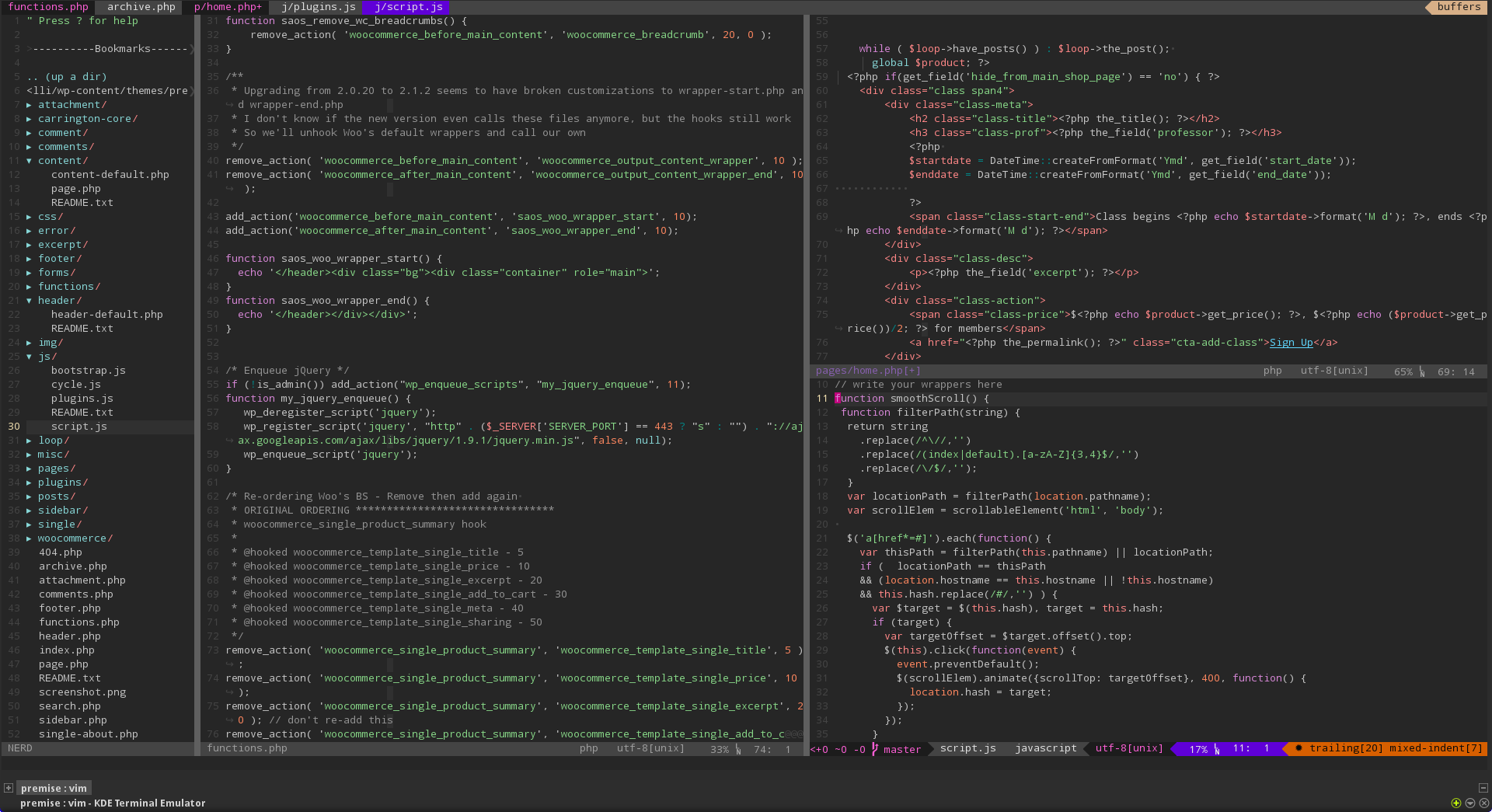
Oh boy, Vim. Designed to bring the simplicity of Vi to every platform and person who needed a configurable but not-too-heavy text editor, Vim is one of two venerable command line text editors to command a loyal following. Vim is cross-platform and free, and while it’s aimed squarely at programmers who want an interface they can tweak to their liking and really get some work done in, you don’t have to be a programmer to find it useful. Instead, you just have to take the time to configure it so it works the way you prefer.
It won’t hold your hand (although its extensive help is useful for beginners), but once you remember its keyboard shortcuts and commands, download user scripts to apply to it to streamline your work, and learn your way around, it quickly becomes an essential tool. It supports dozens of languages, keeps a history of your actions so you can easily repeat or undo them, supports macro recording, and automatically recognises multiple file types.
Vim — and most of its iterations, which include editors that add a GUI to the app so you can launch it without resorting to the command line — are free (GPL licensed). It’s available for any operating system with a command line of just about any type, and it’s charityware, meaning instead of paying for the app, the team behind it suggests you donate to children in Uganda via the ICCF.
Atom
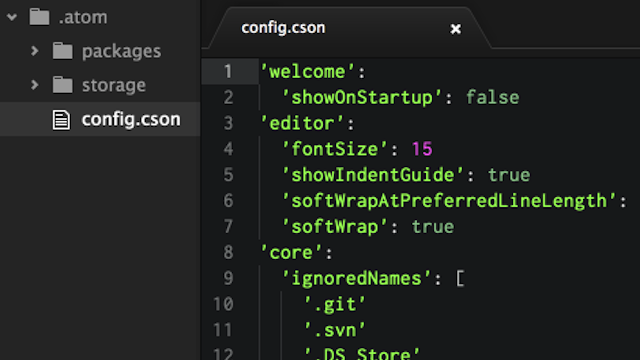
Calling itself a text editor “for the 21st century,” Atom is built by the team at GitHub, and incorporates some of the lessons the team there learned by managing so much code on a regular basis. It’s flexible and customisable, can be themed, and even though it’s relatively new, it already has a large following and lots of plugins, thanks to its open API. It operates like a native application, and even the application package is customisable so you only get the modules you need. It packs a tabbed interface, multi-paned layout, simple file browser, and easy learning curve so you can get up and running with it quickly. There’s also solid documentation to help you get started if you need it. The big downside: Atom is currently in private beta, and you’ll have to sign up for an invite and cross your fingers if you want to give it a try.
Atom is currently Mac OS X only (10.8+), although Windows and Linux versions are on the roadmap. It’s also free to use while it’s in beta, but when it’s finished and released, the team behind it says it will be “competitively priced”.
Emacs (And Its Iterations)
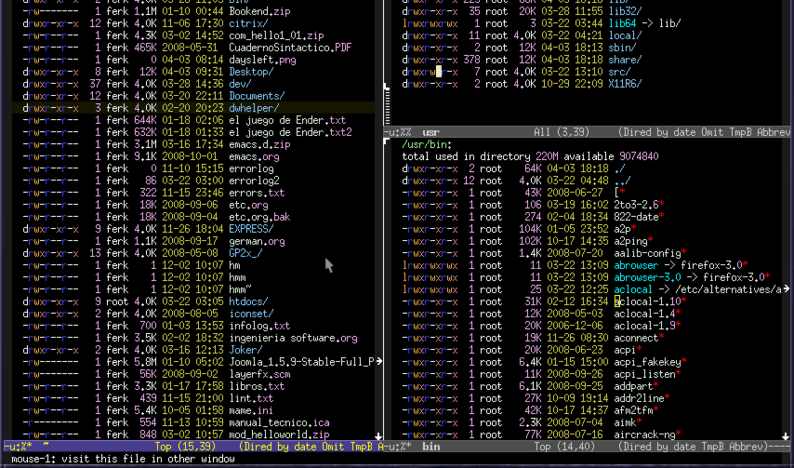
If you’ve used an operating system with a command line interface, you’ve had Emacs available to you. It’s been around for decades (since Richard Stallman and Guy Steele wrote it in 1976), and it and Vim are long-time rivals. It’s not the easiest tool, but it’s definitely one of the most powerful if you can deal with the steep learning curve. The version that most people wind up using is GNU Emacs, linked above. It’s richly featured, too — Emacs can handle almost any type of text that you throw at it, handle simple documents or complex code, or be customised with startup scripts that add features or tweak the interface and shortcuts. Emacs supports macro recording, offers lots of shortcuts and has plenty of modules created by third parties to leverage the app for completely non-programming purposes, such project planning, calendaring, news reading, and word processing. When we say it’s powerful, we’re not kidding. In large part, its power comes from the fact that anyone can play with it and mould it into something new and useful for everyone.
Emacs is completely cross platform, with versions and derivatives available for Windows, Mac, Linux, and just about every other operating system on the planet. It’s free and open source, and comes with detailed help, tutorials, and guides to help you get started using it if you’re new to using Emacs.
Honourable mentions this week go out to TextWrangler (Mac) and UltraEdit (Windows/Mac/Linux). TextWrangler, as BBEdit‘s lighter brother, works equally well as a writing tool as it does a development tool, although it’s designed to be the latter. It’s a great general-purpose text editor with an auto-saving cache that keeps all of your data and documents intact even if you don’t save them to disk between launching the application and closing it. UltraEdit is another crowd-favourite and sports a customisable layout, built-in FTP, find and replace that supports regular expressions and syntax highlighting.
What’s your favourite text editor — and why? Tell us in the comments.
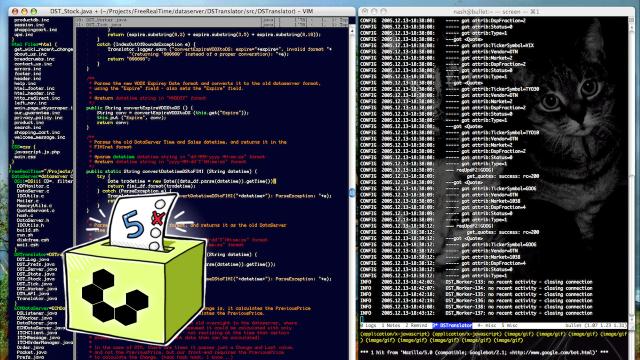
Comments
One response to “Five Best Text Editors”
No mention of PsPad? For shame
I use espresso for everything from HTML to lecture notes. Probably the only other editor I use is XCode for its excellent C environment.